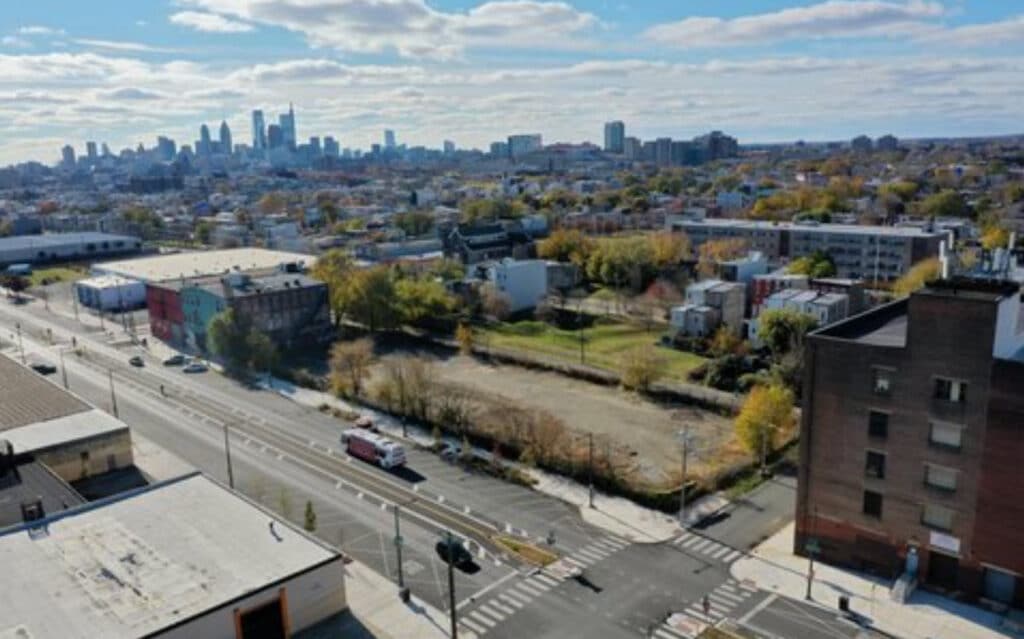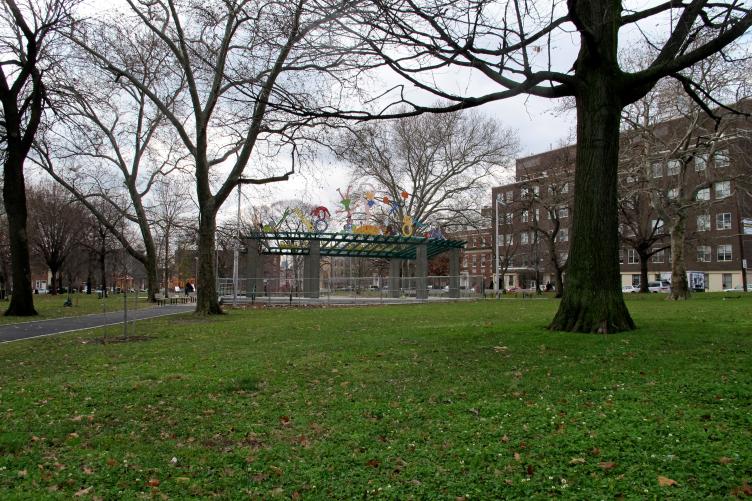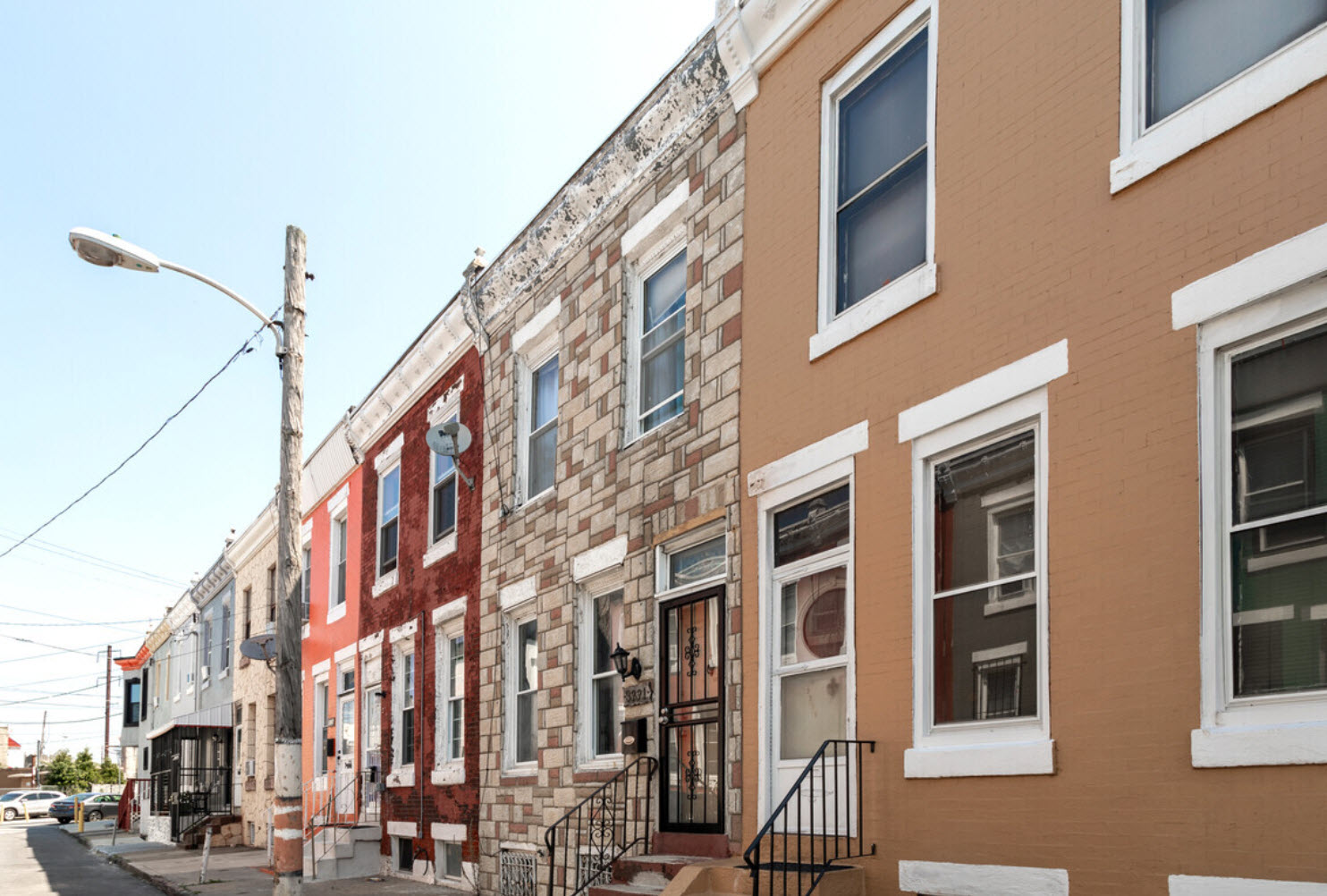Fairhill in Philadelphia
Fairhill, a neighborhood located on the east side of North Philadelphia, has undergone a remarkable transformation over the years. From its rich history to its present-day community initiatives, Fairhill stands as a testament to the power of revitalization and the resilience of its residents. In this article, we will explore the history, geography, demographics, and community programs that have shaped Fairhill into the vibrant neighborhood it is today.
History: From Fairhill Estate to The Badlands
Fairhill’s history dates back to the establishment of the Fair Hill estate, owned by the Isaac Norris family, in the early days of Philadelphia. As the city expanded, Fairhill became a bustling neighborhood with busy factories and a thriving immigrant community, particularly German immigrants. However, the closure of factories in the 1960s and 70s led to a decline in the neighborhood, with drug dealers taking over and the area becoming known as “The Badlands.”
Revitalization Efforts: Reclaiming the Burial Ground
In the late 1980s, Fairhill faced neglect and blight. The burial ground, once a place of peace, had become a dumping ground for abandoned cars and trash. Drug dealers had taken over the neighborhood, and the community was in desperate need of change. In 1992, neighbor Elizabeth Gutierez reached out to the Philadelphia Yearly Meeting, urging the Quakers to return and clean up the burial ground.
Inspired by Gutierez’s call, the Philadelphia Yearly Meeting formed a committee and a non-profit corporation to raise funds and buy back the burial ground in 1993. Over the next decade, volunteers and neighbors worked tirelessly to restore the burial ground to its former beauty. With regular maintenance and community involvement, the land became a symbol of hope and revitalization.
Green Spaces and Community Gardens
As part of its mission to honor the reformers buried at Fairhill, Historic Fair Hill (formerly Fair Hill Burial Ground) embarked on several initiatives to create green spaces within the neighborhood. The organization turned empty lots into vibrant community gardens and fruit orchards, bringing neighbors together and fostering a sense of community trust and cooperation.
In 2006, Historic Fair Hill joined the “Shared Prosperity” project, which aimed to create more green spaces in the neighborhood. The organization actively participated in community gardens and the replanting of street trees, recognizing that these green spaces were not only sources of food but also catalysts for community building.

Early Literacy Programs and Reading Buddies
Recognizing the importance of education, Historic Fair Hill partnered with local schools to support literacy initiatives. The organization began collecting gently used children’s books from Quaker schools and meetings, donating over 45,000 books to Fairhill schools and children. This led to the establishment of the Reading Buddies program, where volunteers visit Julia deBurgos School in Fairhill to engage in reading activities with students.
The Reading Buddies program has had a significant impact on the students, providing them with access to high-quality books and fostering a love for reading. The program continues to thrive, with 30 dedicated reading volunteers making a weekly difference in the lives of Fairhill students.
Community Events and Neighborhood Engagement
Historic Fair Hill has been instrumental in organizing community events that bring neighbors together and celebrate the rich history and culture of Fairhill. These events include history tours, nature field trips, wellness workshops, and gardening activities. Through these events, residents have the opportunity to learn about their neighborhood’s past, connect with nature, and develop valuable skills.
In addition to these events, Historic Fair Hill actively engages with community partners and volunteers to further its mission of promoting justice, equity, and peace in Fairhill. The organization works closely with schools, local businesses, and other non-profit organizations to create a thriving and inclusive community.

Demographics and Cultural Significance
Fairhill is known for its vibrant Hispanic community and is often referred to as the “El Centro de Oro” or “the center of gold” within Philadelphia’s Hispanic community. According to the 2010 census, Fairhill has a high concentration of Hispanics, primarily Puerto Ricans, along with significant populations of Dominicans, Cubans, Colombians, and Brazilians.
The neighborhood’s cultural significance is evident in its commercial district, El Centro de Oro, along North 5th Street. This district is home to notable Puerto Rican businesses and organizations such as Taller Puertorriqueño, Asociación Puertorriqueños en Marcha, and Artístas y Músicos Latino Americanos. These institutions play a vital role in preserving and promoting Hispanic culture in the neighborhood.
Crime and Community Safety
Fairhill, like many urban neighborhoods, has faced challenges related to crime in the past. In the 1990s, the intersection of 3rd Street and Indiana Avenue gained notoriety as one of the city’s top drug corners. However, community-led initiatives, such as Operation Sunrise, in collaboration with the police and organizations like Historic Fair Hill, have made significant strides in combating drug-related activities and improving community safety.
Government and Infrastructure
The Fairhill Post Office, located on Lehigh Avenue, serves the neighborhood and provides essential postal services to residents. The neighborhood also benefits from various public schools operated by the School District of Philadelphia. Fairhill School, a K-8 school, serves the educational needs of the neighborhood, with students progressing to Thomas Alva Edison High School/John C. Fareira Skills Center for their high school education.
Future Developments and Outlook
Fairhill continues to undergo positive changes and development. The efforts of Historic Fair Hill, community organizations, and residents have contributed to the revitalization of the neighborhood. With the establishment of new housing developments, the reopening of school libraries, and ongoing community engagement, Fairhill looks toward a brighter and more prosperous future.
Fairhill’s journey from a neglected neighborhood to a thriving community is a testament to the power of grassroots initiatives and community engagement. Through the dedication of organizations like Historic Fair Hill, residents have come together to reclaim their neighborhood’s history, create green spaces, promote literacy, and foster a sense of belonging. Fairhill serves as a shining example of how communities can overcome challenges and work towards a better future.
